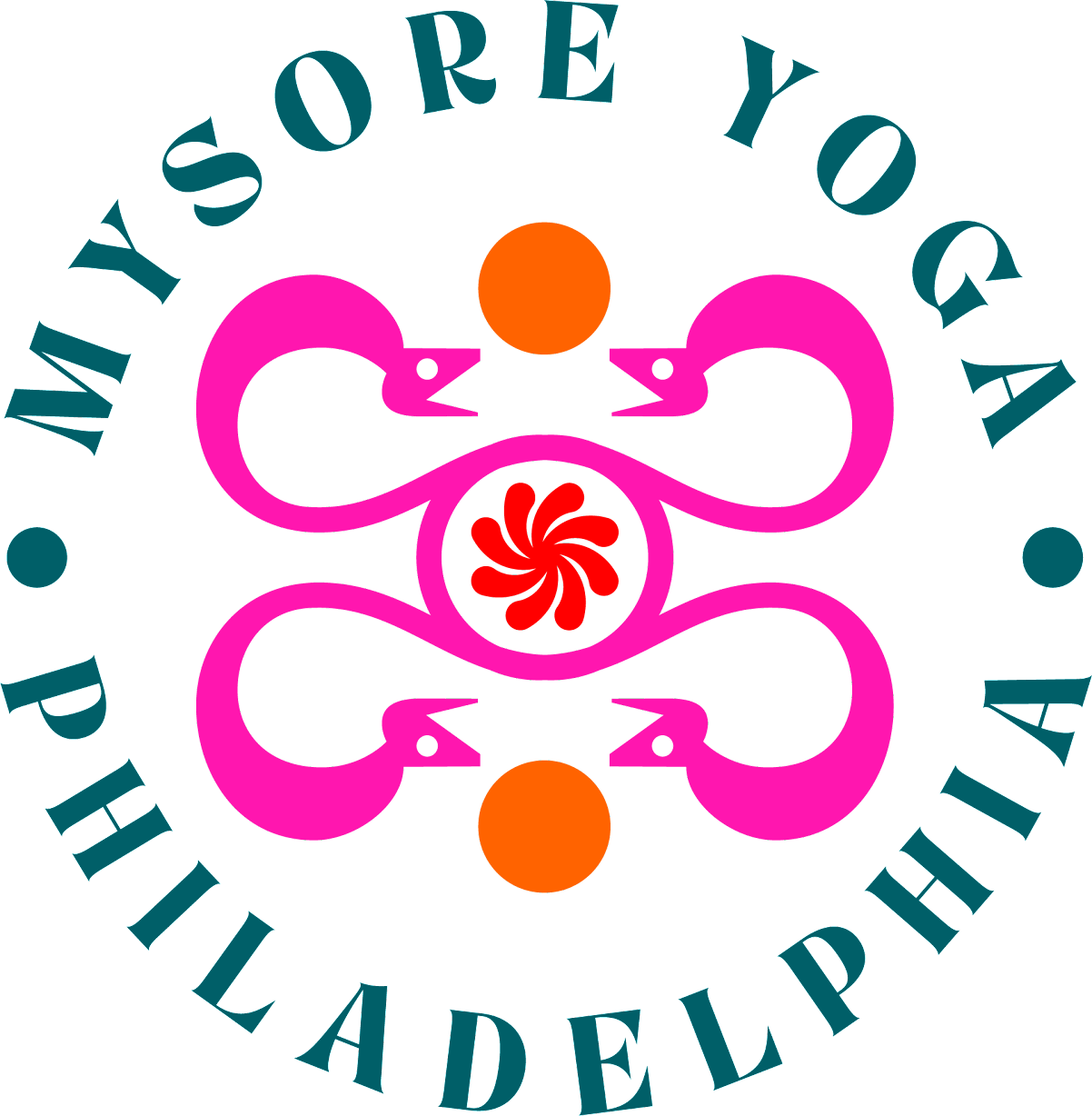Jumpin’ : A take on Jumpbacks and Jump Throughs
Earlier this year, on my birthday, I shared a reel of my daily practice on social media. In it, I mentioned that jumpbacks have been a particular focus for me lately. A friend, Jessica, commented, “Question: why jumpbacks? Those are overrated.”
I think Jessica was trying to steer me away from the idea that a gorgeous, floaty jumpback is a measure of my worth as a person. And I agree, of course. Centering my value around my halting, floor-scraping jumpbacks is not a reasonable proposition. But it’s true that I’m not always immune to the trap of identifying with the abilities of my body. The over-emphasis of postural yoga on Instagram normalizes beautiful form and flawless execution as a primary goal.
The case for jumpbacks
I get that posture performance is not our aim. That said, there is value in working on jumpbacks.
Jumpbacks and jump throughs keep the practice from getting too sleepy or stagnant. They link all the seated postures, serving as a pulse of movement between each seated asana, keeping your body warm and your attention tuned.
In essence, these transitions maintain the flow of your practice.
The jumpback-breath connection
Jumpback/throughs are a useful place to cultivate vinyasa. Vinyasa is a central tenet of Ashtanga. Vinyasa means that for each movement, there is one breath. “Inhale, lift up. Exhale, go back.”
In his book Astanga Yoga Anusthana, Sharath Jois explains that Suryanamaskara A has nine vinyasas. That is, nine movements each paired with either an inhale or an exhale. We don’t consider the five breaths taken in the downdog as vinyasa, since the position is static.
When I remind my students to “take a vinyasa” between seated postures, it’s shorthand for saying, “Jumpback, do updog, do downdog and jump through.” It’s a tall order to match your movement to the breath here, because it takes a lot of exertion.
But as my friend Philippe likes to say, “Just because it’s hard, doesn’t mean you shouldn’t try.” Working on the synchronicity between breath and movement improves the connection of mind and body. This strategy for calming the nervous system and improving mental health has been used in indigenous practices in India for … well, forever, probably.
Safety first
Given the quantity of jumpback/throughs—one after each seated posture AND between each side—sloppy execution can lead to injuries. It’s easy to land awkwardly or to put too much weight on joints that haven’t been properly stabilized or aligned. So, jumpback/throughs deserve at least the same amount of focus as static postures, if only to keep your body safe. Practicing them with a skilled teacher prevents injuries.
For years, I generally dismissed the importance of jumpbacks and jump throughs. It’s not that I didn’t do them; I simply wasn’t paying attention as I carried them out. Initially, as I was first learning Ashtanga, I tried with all my might. A classic case of too much too soon. It was early days, and I didn’t yet have the strength, stability, or flexibility required. The work is hard, and continuously witnessing my own inability was disheartening, not to mention tiring. So, over time, I got in the habit of making a gloss of it; it looked like a jumpback and jump through, but I was avoiding a lot of the work.
Jumping back for your heart
Recently, as I’ve read more about fitness and its metrics, I’ve come to appreciate heart rate variation (HRV) as a measure of health. HRV measures the changes in time between each heartbeat, showing how adaptable your heart's rhythm is.
Higher HRV generally indicates a healthy balance between the sympathetic (fight/flight/freeze) and parasympathetic (rest and digest) systems. In other words, a better HRV means you can readily alternate between activation and relaxation as appropriate during the course of the day.
Good heart rate variability means your heart will speed up when you're late for work or cut off in traffic, but it will slow down when you’re chatting with a friend or disappearing into that trashy YA novel your teen abandoned on the couch that you definitely did not purchase for yourself. And, wouldn’t you know, to improve HRV we combine active movement with slowing down! All this to say, revving your system for a jumpback / jump through in alternation with the stillness of a seated asana likely improves our HRV, translating to resilience, adaptability, and better mental health.
Resources
If you’re going to dig in and take up the work of jumpbacks and jump throughs, remember that it will take time. Like, years possibly. I suggest giving yourself a lot of grace and taking each less-than-perfect attempt as an encouraging sign that you’re pushing beyond your comfort zone and growing in strength (if not humility).
You don’t have to do it alone. Check out Mysore Yoga Philadelphia’s upcoming workshop on May 18. It’s specifically for students who want to start, progress, or refine their jumpbacks and jump throughs. We’ll include some strategic "cheats" that provide a bridge to mastering the real deal, allowing you to feel the flow and rhythm of these transitions. You’ll also learn tailored exercises for building strength, coordination, and control in your jumpback/throughs. Click on our events page to find out more!

